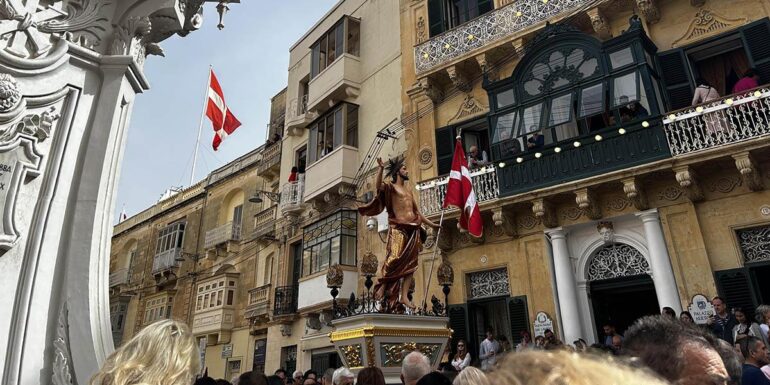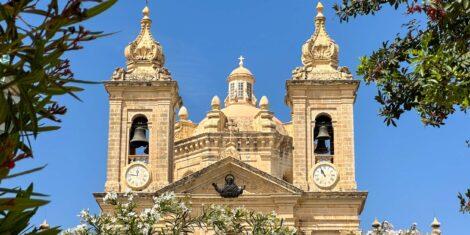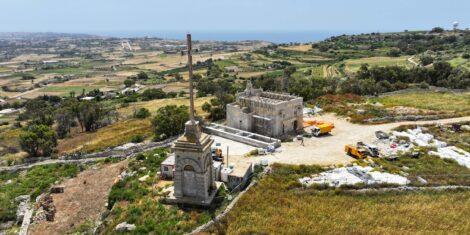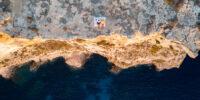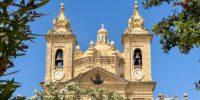For a religious country like Malta, religious holidays are a big deal. Easter is maybe the biggest one of all. If you’re visiting Malta during Easter or just want to keep up to date with the traditions it offers, read on.
Easter in Malta starts with the Holy Week. Like any other country celebrating Easter, this means it is still Lent. Lent is a 40 day period of fasting, to represent Jesus Christ wandering in the desert for 40 days. While it’s not taken as seriously as it once was, people still symbolically refrain from doing or eating one thing they enjoy.
Easter celebrations during the Holy Week
The Holy Week consists of several days of preparation for Easter Sunday. The first of these is Palm Sunday, one week prior. On this day, instead of the usual Sunday sermon, the priest and two lectors read the Passion of Christ. This is the story of how Jesus was crucified.
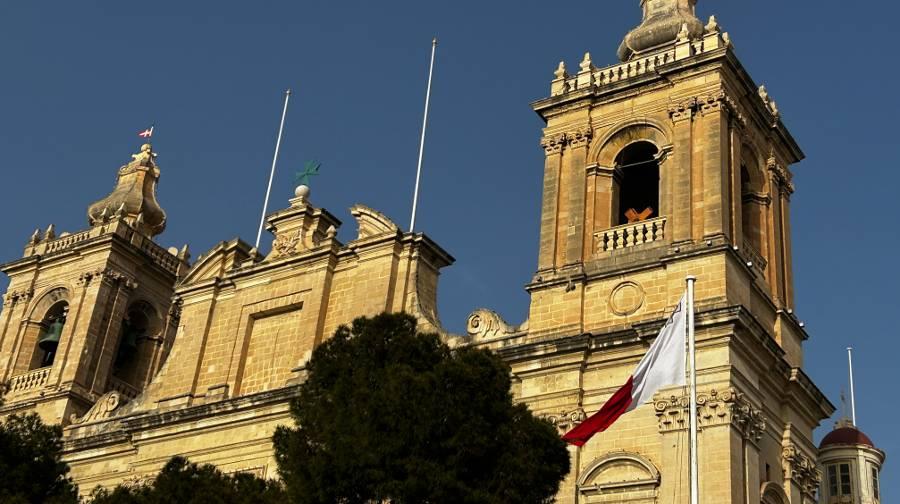
Some days later comes Maudy Thursday. It commemorates the last supper, also known as the Eucharist. A uniquely Maltese tradition follows.
The 7 Churches
On this day, people carry out the visit of the 7 churches. Each church represents a wound that Jesus suffered when crucified. The intention behind it is a reenactment of the burial of Christ. Churches are filled with the smell of Il-Borma. This is a concoction of the zest of sour oranges, apples and cinnamon sticks. It is a tradition only endemic in Malta. The aroma is uniquely synonymous with the two eaves before Easter.
Those who hadn’t had time to visit the 7 churches on Thursday, can do so Friday morning, Good Friday is a public holiday in Malta and many fast on this day. The purists will not eat at all. Some, who wish to break their fast but still wish to keep traditions, can have Il-karamelli tal-harrub. Tradition has it that you don’t drink any water from 12 to 3 p.m. to symbolize Christ’s words “I am thirsty” on the cross.
The Ceremony of the Cross
But they need to make it in time for the Ceremony of the Cross. The ceremony takes place at 3 p.m. At this time, all decoration is stripped from the churches to signify that at 3 p.m., Christ died on the cross. Churches become austere. Bells stop ringing, and will only resume on Easter night. They are replaced by the Cuqlajta. The ceremony is one hour long. Afterwards, you can visit pageants of the Passion all over Malta.
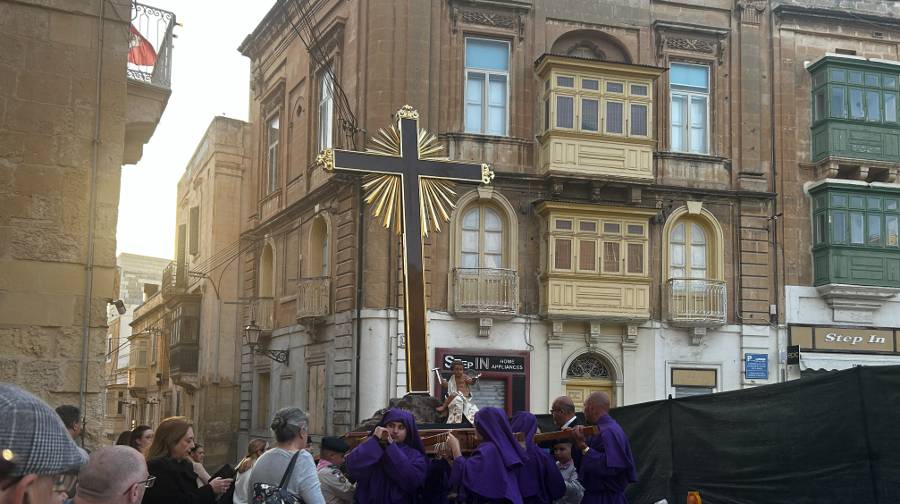
Friday is also the time to begin preparing an Easter treat, the Figolli. Figolli is a Maltese cookie-like pastry with a layer of almond in the middle. They are topped with frosting and a chocolate easter egg. You can make them in any shape you like, from hearts to horses. The most typical, however, is the lamb.
Saturday Morning feels like no mans land. It is not yet Easter but still has the momentum of Good Friday. The most significant part of the day is Midnight Mass.
Easter Sunday
Easter Sunday brings with it good tidings. People take the morning to prepare Easter lunch and visit family. There are celebrations all over the country. The Figolli are eaten and more treats prepared. It is truly a holiday of religious intent.
